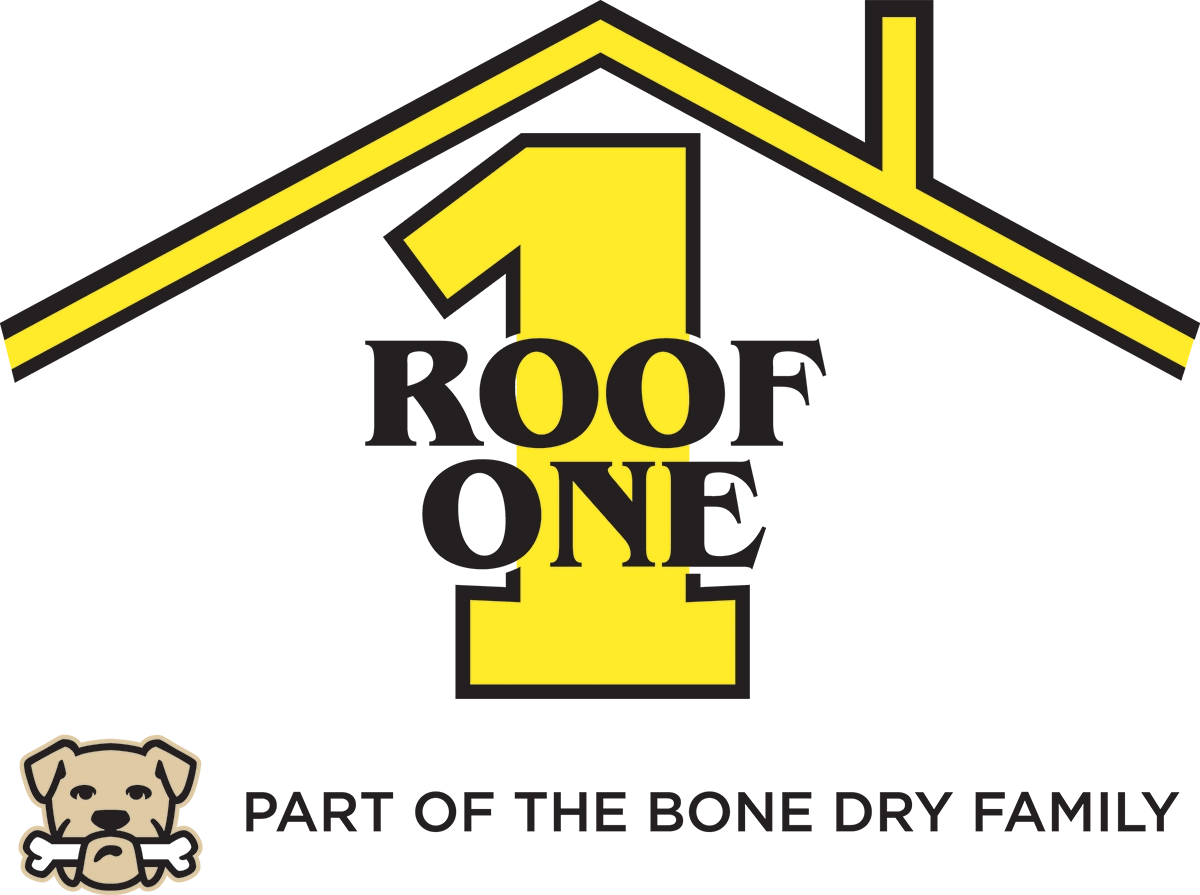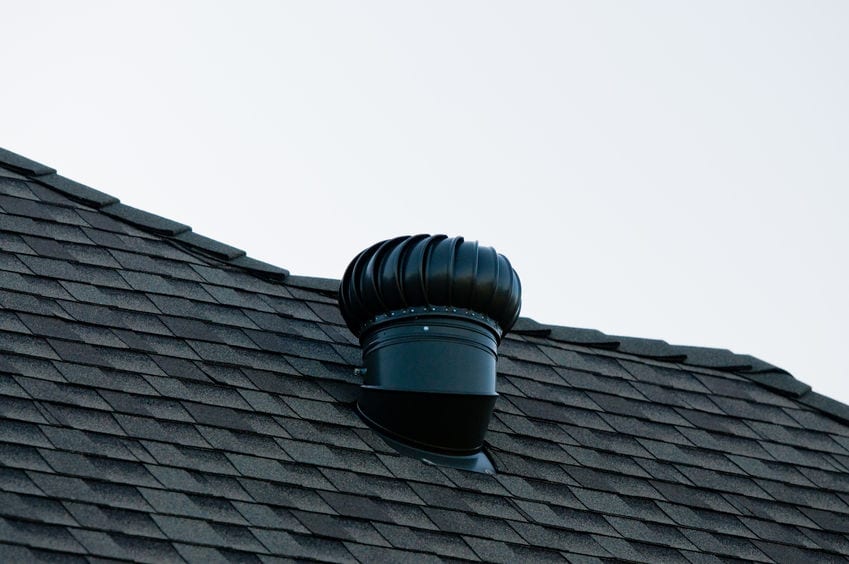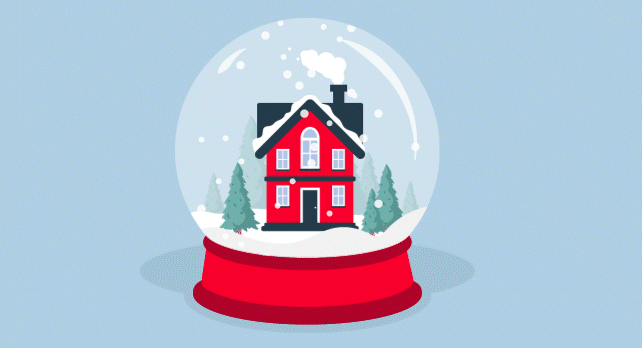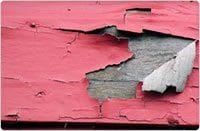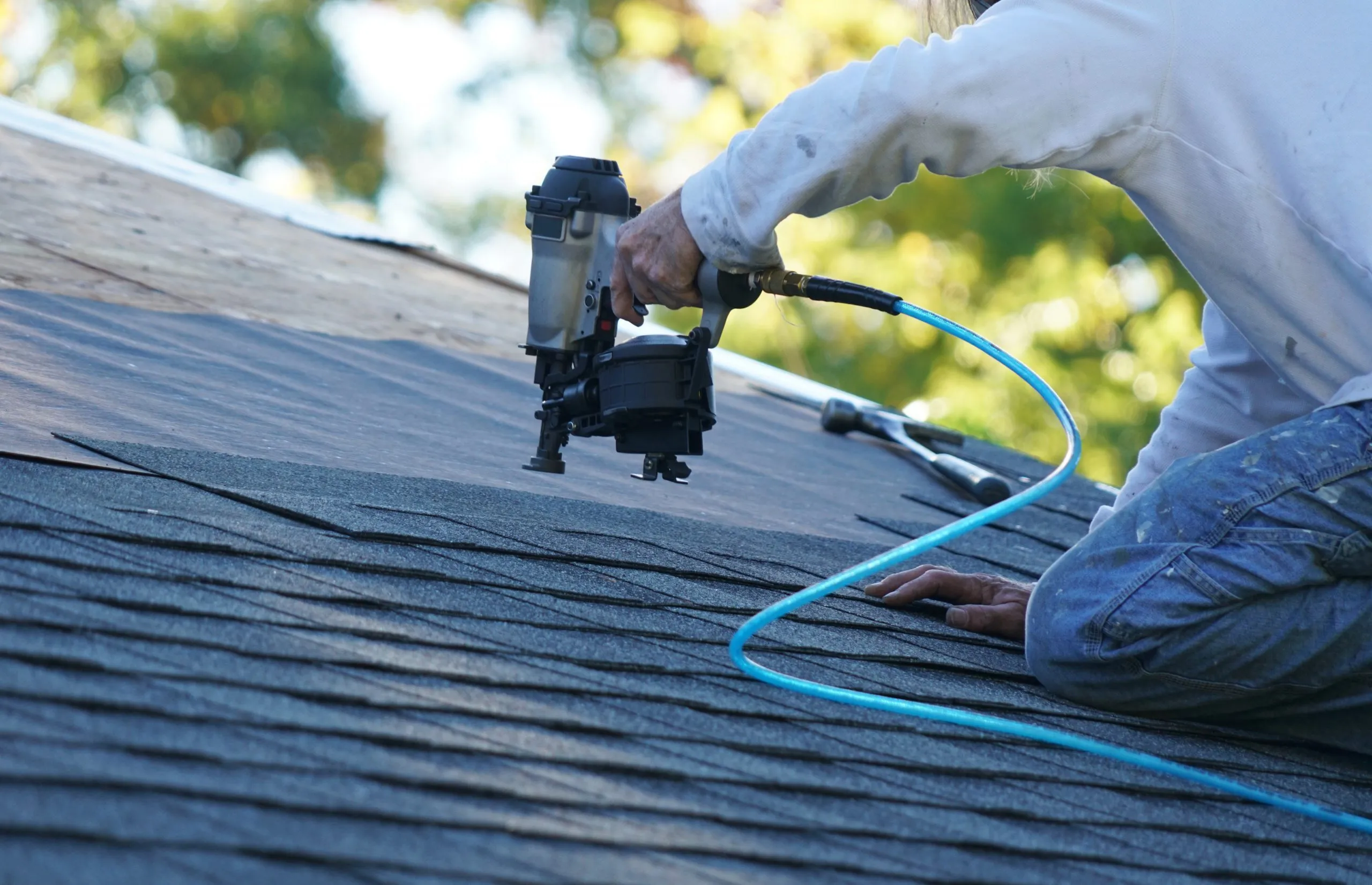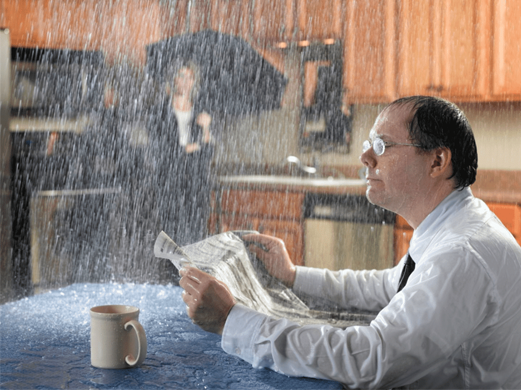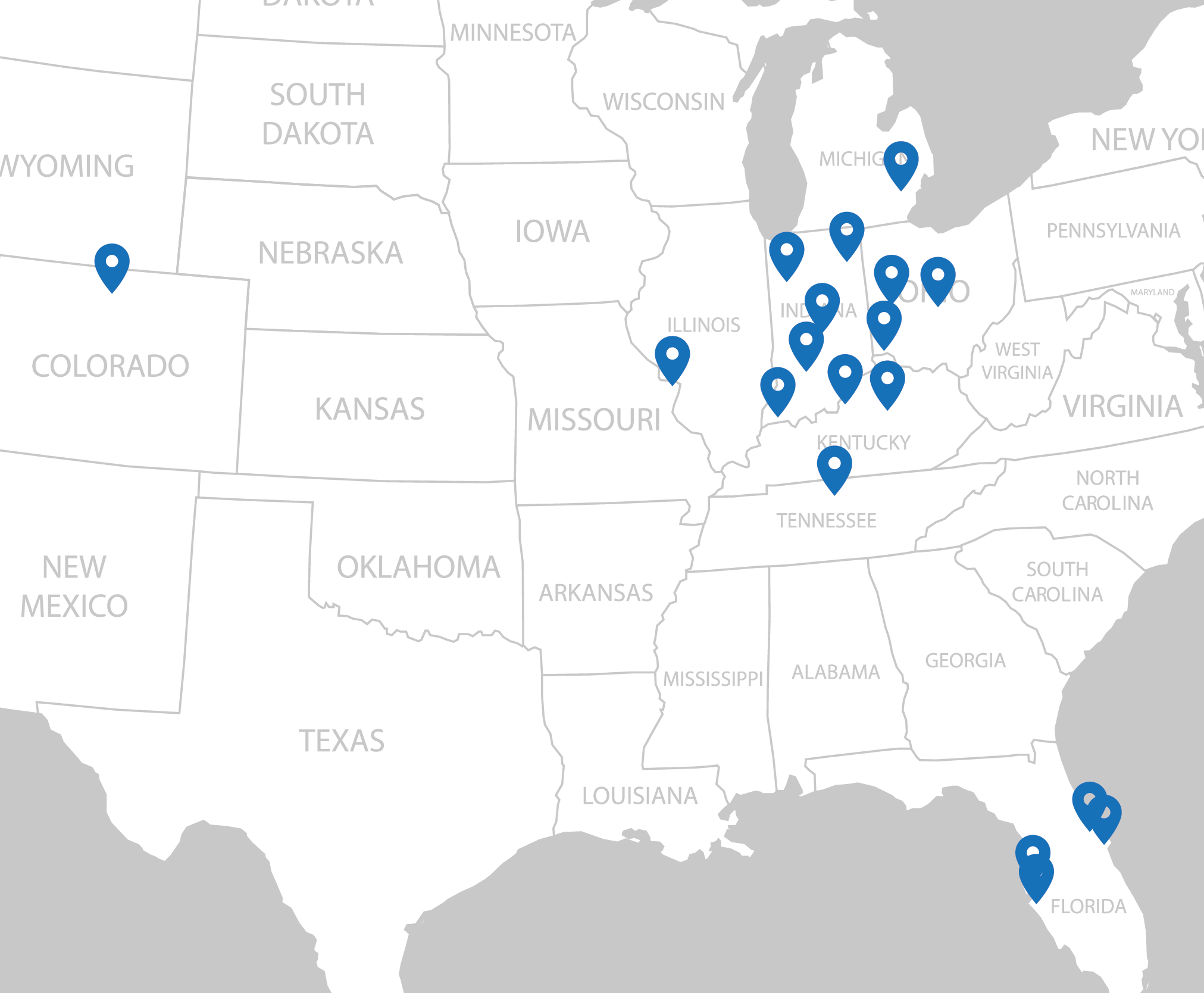If you have ever been up in your attic or you have ever taken a close look at your roof, you have probably noticed some sort of component or solution that promotes ventilation. There are many different solutions used for ventilating attics and roofs, the process can be taken care of by a fan under the eaves or through a hole close to the ridge cap. Whatever ventilation solution is used, they all serve the same purposes: maintaining the health of the roof and promoting the energy-efficiency of your home.
What your ventilation device does is practically to help the air coming from the outside pass through your attic, thus removing excess moisture and heat from underneath your roof. An unventilated attic is a potential source of severe problems. If the space becomes overheated, the heat will be sooner or later transferred through the attic floor into the building interior, making the living space in the home more difficult and more expensive to cool. Deficient or missing attic ventilation can cause problems during the cold months as well – the warmer air from inside the building rises up to the attic and without proper ventilation, it gets trapped there, causing condensation as well as the appearance of mold, mildew and rot. For roof ventilation standards see https://www.roofonemichigan.com/canton-roofing-experts-roof-one-llc.html.
